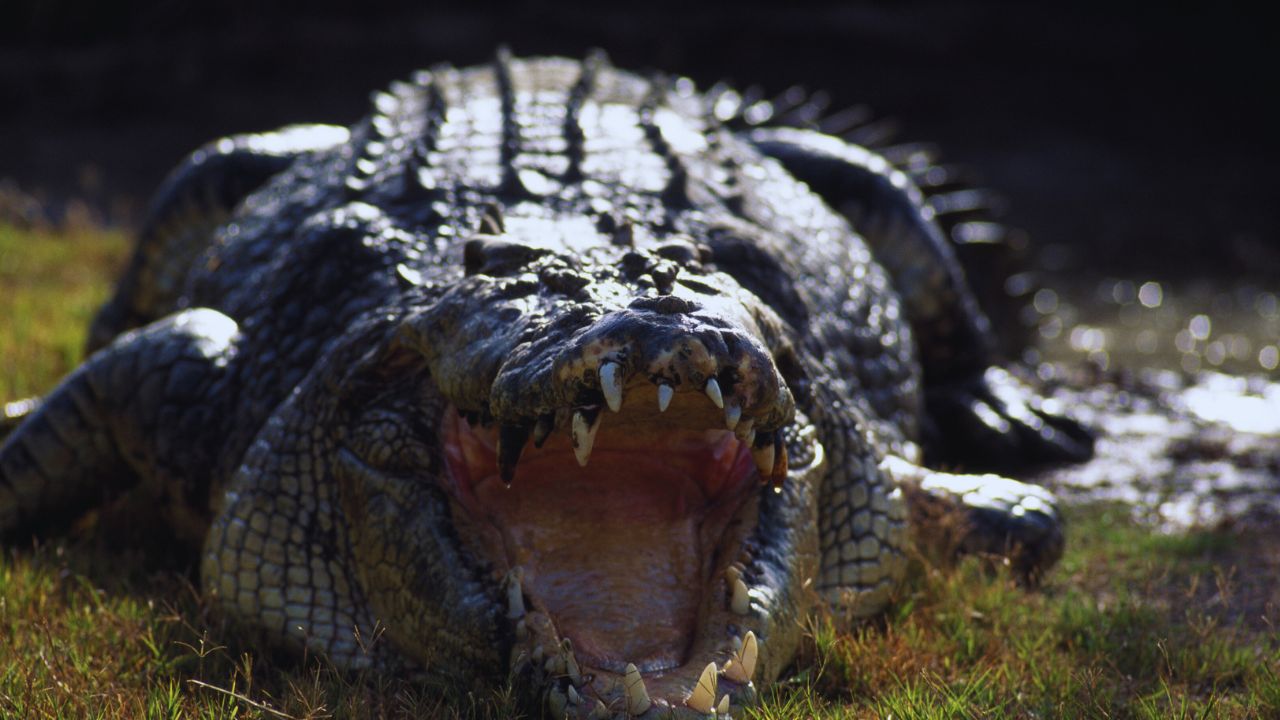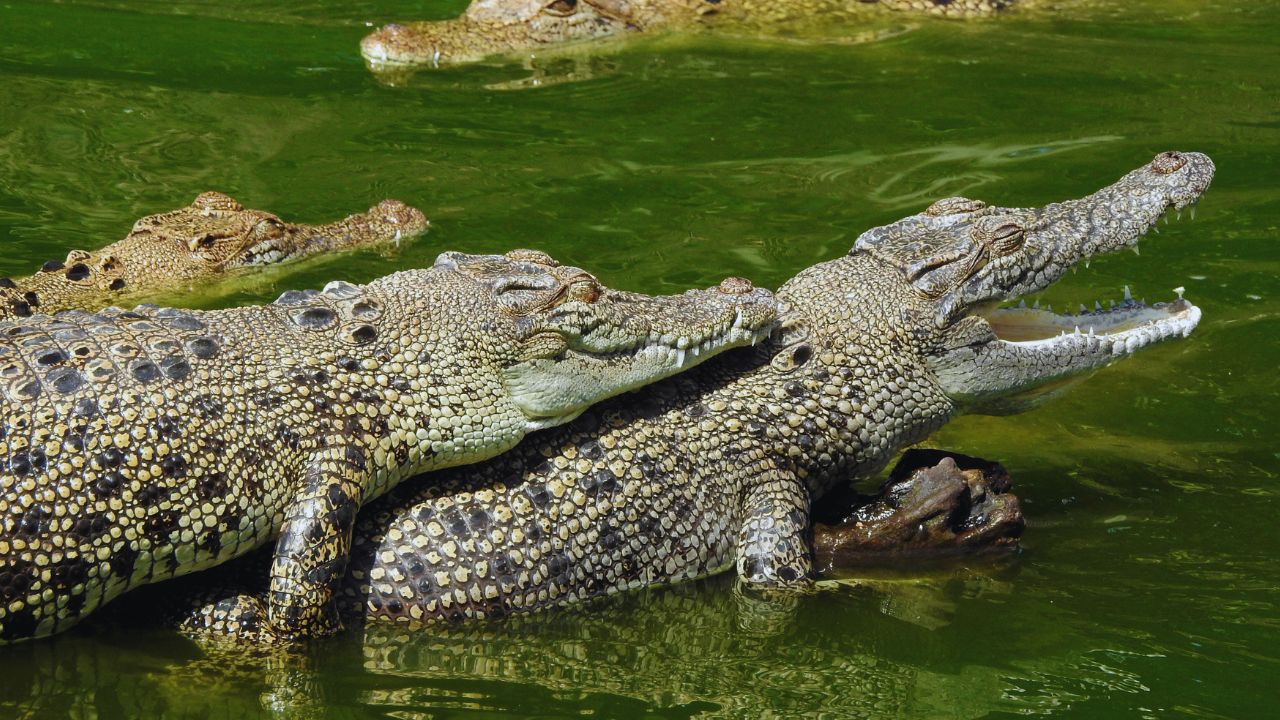Often connected with prehistoric periods, two of the most amazing and old reptiles are crocodiles and alligators. Although they seem to be closely related, these reptiles belong to distinct families: alligators to the family Alligatoridae and crocodiles to the family Crocodylidae. Though they look and behave similarly, a subject that often comes up among both experts and aficionados for nature is whether crocodiles and alligators can marry and create hybrid offspring.

We explore in this paper the scientific underpinnings of the mating behaviours of these amazing reptiles, the genetic variations separating them, and the biological reasons making hybridisation rather unlikely. We will also look at some amazing examples of hybridisation between closely related species in nature and investigate why alligator-crocodile hybrids are not something we are probably going to come across in the wild or captivity.
Differences Between Crocodiles and Alligators
With their big, scaly bodies, strong jaws, and semi-aquatic lives, crocodiles and alligators initially seem to be identical. Beyond their looks, these two reptiles have some really important distinctions, however.

1. Taxonomic Organisation
Within the order Crocodylia, crocodiles and alligators are members of separate families. Members of the family Crocodylidae, crocs range from the American crocodile (Crocodylus acutus), the Nile crocodile (Crocodylus niloticus), to the saltwater crocodile (Crocodylus porosus). Conversely, alligators fall under the family Alligatoridae, which comprises the Chinese alligator (Alligator sinensis) and the American alligator (Alligator mississippiensis).
Millions of years ago, during evolutionary separation, families split apart and produced notable genetic variations between these two sets of reptiles.
2. Habitat Preference
Additionally, preferring distinct environments are crocodiles and alligators. While alligators are more usually found in freshwater ecosystems, including swamps, lakes, and rivers, crocodiles are usually found in saltwater or brackish surroundings. For example, American crocodiles are more often found in southern Florida, the Caribbean, and portions of Central and South America; American alligators are endemic to the southeast United States.
The variations in habitat preferences help to further divide these species geographically, therefore lowering their chance of interactions and possible mating.
3. Physical Distinctions
Crocodiles and alligators differ somewhat yet fundamentally physically. While alligators have wider, U-shaped snouts, crocodiles usually have V-shaped, narrower snouts. Furthermore, a crocodile’s teeth are more obvious when its mouth is closed since their upper and lower jaws are almost exactly the same size. An alligator’s upper jaw is broader, hence the lower teeth may be hidden.

With crocodiles more likely to eat bigger food in open-water situations and alligators better adapted to ambushing prey in freshwater habitats, these variances in morphology reflect the disparities in their feeding behaviours and ecological responsibilities.
| Characteristic | Crocodiles | Alligators |
|---|---|---|
| Taxonomic Family | Crocodylidae | Alligatoridae |
| Habitat Preferences | Saltwater and brackish environments | Freshwater environments |
| Geographical Range | Southern Florida, Caribbean, Central and South America | Southeastern United States, China |
| Snout Shape | Narrow, V-shaped snout | Broad, U-shaped snout |
| Teeth Visibility | Teeth visible when mouth is closed | Upper jaw conceals lower teeth |
Why Hybridisation Between Crocodiles and Alligators is Unlikely
Although ecological overlaps and visual resemblance abound, various biological and genetic obstacles make hybridisation between crocodiles and alligators very difficult. Let’s investigate the main causes of these two reptiles’ inability to crossbreed.

1. Incompatibility of Genetic Nature
Their genetic incompatibilities are the main cause of crocodiles and alligators’ inability to mate and generate hybrids. Although both families Crocodylidae follow the same order, their differences started around 80 million years ago. Given the substantial genetic difference resulting from their lengthy evolutionary isolation, it is rather improbable that these animals would have healthy offspring even in case of mating.
As evidenced by occurrences of hybridisation among closely related species, two species must be very genetically compatible if they are to effectively create hybrid offspring. For crocodiles and alligators, however, their genetic composition is too different to enable effective hybridisation. Chromosomal incompatibility would probably cause the embryos to fail to develop even in cases of mating possibility.
2. Various Reproductive Practices
Furthermore, distinct mating behaviours and reproductive cycles between crocodiles and alligators would make effective hybridisation much more improbable. Whereas alligators usually mate during the warmer months of spring and early summer, crocodiles usually mate during the rainy season when water levels are high. This variation in mating seasons lowers the possibility even more of these two species interacting to mate.

Furthermore, both species participate in intricate courting rituals, including physical displays, head slaps, and vocalisations. These courting actions are species-specific; hence, even if a crocodile and an alligator came across one another, their different mating rituals would probably stop any efforts at reproduction.
3. Geographic Apartheid
Although some of the same areas— southern Florida, for example—have crocodiles and alligators, their ranges usually do not cross very far. Whereas alligators are more often found in freshwater areas, crocodiles prefer saltwater or brackish ecosystems. Their habitats are separated; hence, these reptiles seldom interact with one another, which lowers the possibility of breeding between them even more.
| Barrier Type | Details |
|---|---|
| Genetic Incompatibility | Divergence occurred around 80 million years ago, resulting in genetic differences |
| Reproductive Behaviours | Different mating seasons and courtship rituals |
| Geographical Separation | Crocodiles prefer saltwater, and alligators prefer freshwater environments |
Hybridisation in Nature: When Does It Occur?
In the animal world, hybridisation—the unusual but intriguing phenomenon wherein two distinct species interbreed to generate hybrid offspring—occurs. Although hybridisation is rare, several closely related species have experienced it recently via evolutionary history.
Mating between several species of pythons or rattlesnakes, which share the same genus or nearly related genera, is one of the best-known instances of hybridising in reptiles. Many times having similar genetic composition and overlapping habitats, these species enable hybrid offspring to be possible.

In the case of crocodilians, hybridisation has been seen between certain more closely related species. For instance, in captivity there have been recorded instances of hybridising between the American crocodile (Crocodylus acutus) and the Cuban crocodile (Crocodylus rhombifer). Though uncommon, these two species are genetically close enough to create healthy hybrid offspring.
| Species Involved | Hybridisation Occurrence | Notes |
|---|---|---|
| Cuban Crocodile & American Crocodile | Occasional hybridization observed in captivity | Both belong to the same genus (Crocodylus) |
| Pythons (Various Species) | Hybridisation occurs between closely related species | Share similar genetic makeup and overlapping habitats |
| Rattlesnakes (Various Species) | Rare but possible hybridization between closely related species | Occurs in overlapping regions |
Crocodile-Alligator Hybrids are Unlikely
Although crocodiles and alligators have certain ecological characteristics and seem similar, their genetic and reproductive differences make hybridisation between the two rather rare. These reptiles’ genetic differences as well as their different mating patterns and habitat choices present major obstacles to effective mating.
While some closely related species in the animal realm may hybridise, crocodiles and alligators are too genetically different to have hybrid offspring. As such, the concept of a crocodile-alligator hybrid stays in the field of conjecture and is improbable to become a reality in either the wild or captivity.

Though they cannot mate, crocodiles and alligators remain two of the most amazing and interesting species found in the natural world. Their different evolutionary routes have produced special adaptations that let them survive in their particular habitats. Although the likelihood of hybridisation between these two ancient reptiles is low, research of their biology and behaviour nevertheless provides insightful analysis of the world of crocodilians.





